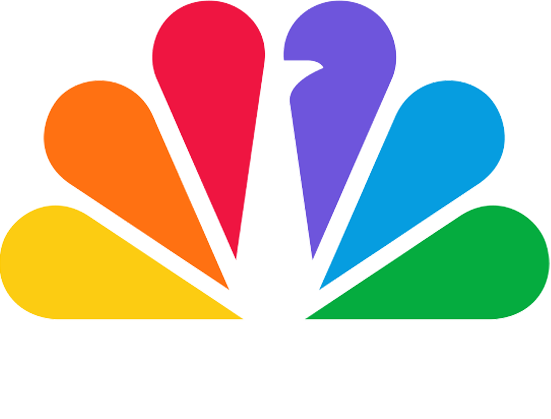WHEN: Today, Wednesday, October 13th
WHERE: CNBC’s @Work Summit: Adapting for Today, Transforming for Tomorrow
Following is the unofficial transcript of a CNBC interview with Chipotle Chief Diversity, Inclusion & People Officer Marissa Andrada and Chipotle CFO Jack Hartung at CNBC’s @Work Summit, which took place today, Wednesday, October 13th. Video from the interview will be available at https://www.cnbc.com/work/.
All references must be sourced to CNBC’s @Work Summit.
Kate Rogers: Hey, Tyler. Thanks so much. And Marissa and Jack, thank you both for joining us today.
Marissa Andrada: Thanks for having us. Good to see you.
Jack Hartung: Great to be here.
Rogers: Good to see you both as well. Marissa I’d like to kick it off with you. Tyler just mentioned, obviously we all know this is an incredibly challenging labor environment right now. Chipotle has gotten really creative with some of its hiring and recruitment tactics over the last year. Tell us how you’re faring and have those tactics paid off?
Andrada: Yeah, first of all, great to be here again, and I feel like the investments that we’ve made in our people, in the last couple of years have really set us up for the rest of the world opening up. As you know Kate, our restaurants never closed during the pandemic, although the dining rooms were closed. We actually had a commitment to the overall health and wellbeing of our employees and we invested in our people back in 2019, starting with education benefits. I think you know this, we have access to a debt free degree for all of our employees – you can be hourly, work here for four months work 15 hours a week and have access to either tuition reimbursement at 100% up to 5250, and then debt free degrees with now 10 universities and 100 programs. I share that with you because those were investments that we made back at the end of 2019. We also leaned into a health care concierge for all of our crew members and their families so that when we went into the pandemic, they had access to on-demand health care, which is through TelaDoc, as well as access to mental health. And so as we went through the pandemic and of course are now coming out of it in 2021, coming into this labor market I think that really strong employment value proposition starting with really competitive wages. I think you know earlier this year, we made a significant investment in our employees and raised our average minimum wage to $15. You layer that on top of world class benefits, and then beyond that, a pathway to real opportunity you can be an hourly employee join us in an as soon as three years be making six figures as a top restauranteur, general manager in our restaurants. And so getting back to the question, I think all have those things in place for us we’re really grateful that we’ve been able to not only attract and retain amazing talent, that we’ve been able to remain steady. And I know it’s hard for everybody and of course, there are certain pockets across the United States where it is a challenge, but we have been really grateful to have had, you know, that amazing employment value proposition that will not only attract but also retain our talent.
Rogers: Yeah, definitely. And you did such a great job of laying out all of those amazing benefits, and certainly the wage increase. That was something, Jack, I wanted to bring up to you. You made this big wage increase announcement earlier in the year as Marissa just said, you can be making six figures in about three years at Chipotle. And the company has started really driving home the idea that this can be a longer term career not just your first job or a stepping stone. Why has that paid off for your bottom line?
Hartung: Yeah I mean it’s really important Kate that to understand we have a different business model than most other restaurant companies. Most restaurant companies are heavily franchised. In our case, we run all of our restaurants so we have the, you know, 97,000 employees you mentioned earlier. 96,000 of those are in our restaurants. So it’s really important that we look at the investment we make in our people, not as an operating cost on the P&L. If you treat that, you know, your labor costs as an operating cost in the P&L, your main objective is going to be to minimize that cost. If you treat it as an investment, you’re going to think about the people we’re hiring today you want to hire the best and the brightest. You want to invest in their education, invest in their development because almost all of our managers in the future are going to come from the crews of today. So it’s a fundamentally different way to think about the business when you think about every dime that we spend, you know, on that labor line, whether it’s in the wages or into the benefits or into the education, is an investment in our future. And so, it’s certainly paid off as our journey has gotten us to 3,000 restaurants today, but we’re on our way to 6,000 restaurants and so we’re going to need many, many more people in the future. And so thinking about everything that we do as an investment and our people is certainly going to pay off in the future as well.
Rogers: Communication has been so key over the last year and this session is all about collaborations between, you know, your two departments. I’d asked you both, what’s your day-to-day been like over the last year with remote work? I know people are obviously moving now back into the office. Talk to us a bit about how collaboration has evolved between your two departments and why it needs to work so well.
Andrada: Well, I’ll go ahead and start for Jack. Well, we of course as you know the restaurants remained open, and our offices are based in Newport Beach and Columbus. And I think almost immediately, for those who actually live really close to the office, we started going back. And when I say going back at least once a week, maybe twice a week because we turned on all the communication channels to our employees. Now working across the borders with our finance team has been hand in hand. I mean the relationship that I think I have with Jack, which we were able to fortify when I joined the organization back in 2018, you know, often I think our cadence had always been, I would be in your office Jack, right, like before seven, 7:15. We were both in kind of early and I think at those early days at least working together, those were the days where we were able to just kind of ideate and think out loud and share ideas around how I’m thinking about people, getting your advice on what it is that we’re working on, and then fast forward. I think. Kate. you know that we actually completely reset the company, and moved our offices to both Newport Beach and Columbus. And when I think about our teams that sit in both of those areas, when we all began to work remotely or able to shelter at home, initially, and there are a lot of collaboration tools and how we work together through video conferencing and phone calls. What I see happening now is our teams actually have synchronized the days that they are going into the office. And so, I know that Jack’s team and his leaders will be in on Mondays, Tuesdays and Thursdays. My team does the same thing. And oftentimes, you see them walking into each other’s offices. And if that’s not the case where they’re physically not together, you know, they’re a WebEx chat away, or a phone call away. And so, I think that solid foundation that I think started with Jack and I, before we went into the pandemic, really continued forward and we just use collaboration tools as that medium until we’re able to come back together again.
Rogers: And Jack, anything to add there on aligning perspectives and collaborating over the last year?
Hartung: Yeah, Kate, the thing I would add is if we had waited until the pandemic and until we had to work from home to start collaboration, I don’t think we would have gotten as much accomplished. I don’t think that we’d be in the position we’re in today. I truly think and I agree with Marissa that you’ve got to collaborate all along the way. And I think it starts with the fact that we have a common purpose that, you know, not just Marissa and I, but the entire leadership team, the entire company has bought into. We have shared values that we came together early on in the transformation that Marissa talked about and we agreed on what those values would be. And so, when you start with a common and a shared and embraced vision and purpose, and you agree on the values and then you collaborate to solve problems towards that purpose, when a crisis hits or when a pandemic hits and when you have to work from home and certainly it changed all of our lives and it changed the way that we work together, but because we had this collaboration platform already, because we already had this trust and we already had to Marissa’s point, we were in early and in late and we were problem solving together, you know, in the moment, way before the pandemic. So when the pandemic hit, it just felt natural. And the fact that we were in our homes and communicating through, you know, Zoom or WebEx calls, it didn’t feel that different. It felt like it was the same conversation just a little bit different. It wasn’t in person in our office at 6:30 or 7 in the morning, but I think if you wait till a crisis to start the collaboration, you know, across functional areas, I think it’s probably too late. You have to start way before and make sure you build trust. You know how each other can problem solve and you really problem solve together to do what’s best for the company.
Rogers: That’s such a great point and that foundation I think has been proven to be so key for so many companies that have been able to, you know, weather the storm and come out of it better as an organization. Marissa, I’ll turn to you now. I’m curious now what you’re hearing in terms of the biggest requests from workers not only in restaurants but also in the corporate setting and kind of how you’re balancing the things that your workers in both scenarios there need.
Andrada: Well here’s what we’re hearing. And, you know, Jack already touched on this. What we’re hearing specifically from our workers is that we need to continue to remain true to our purpose which is all around cultivating a better world, and the values that not only were, you know, initially defined by this leadership team was actually crowdsourced by our employees based in the restaurants, also back in the offices, and what we’re hearing now more than ever, is first and foremost, you know, we support 3,000 restaurants so we need to make sure as a support center in the office that we’re supporting our people. What we are hearing is let’s continue to stay true to our purpose. I think, where we have huge engagement right now is that we have been relentless about upholding that and making decisions through our purpose and our values. I think the second thing that I’m hearing from our employees as they’ve had the opportunity now to work remotely, some are now going back into the office, is they’re looking for that flexibility. I think it’s really tough to think about okay, what’s the world going to look like as we continue to live with Covid? You know, as booster shots become available, as medicine becomes available, there will be a world where we’ll continue to live through this. And I think what our employees want to know is, all right, as we begin to go back to the office, how do I then manage my life because there might be other things in my life that could have evolved. And so one thing that we’ve decided to do as a leadership team is actually provide that level of flex, so that when we come back to the office, you know it’s not a straight up eight to five or nine to six or whatever, but I think working with leaders, our employees can figure out how they can have that flexibility. We’ve got some guardrails around that once they start coming back to the office. And the key thing is, again, the collaboration. I think what everyone misses is just not only kind of the structure of meetings that we have which you can do with meetings, you know, virtually. But I think people just miss that communication, that creativity, that spontaneity that happens when they see each other. So that’s what we’re hearing, it’s like, alright, give us some guardrails, give us some flexibility so that we can begin to learn through how we manage in this new way of life, you know, once we return back to the office. And then I’ll circle back with, again, the biggest thing that I think continues to drive and attract people to our company and actually help people stay here. Is this really strong culture that we have that is based on our values. And I think that being together, you know, with our reset back in 2018, it was a lot like a startup company. And so I know our employees are missing that as well. Meaning that, you know, that interaction that they see every day, especially in a startup company, they’re also craving to come back and be part of that.
Rogers: Yeah, great point and also as you mentioned such an uncertain time. So Jack, I’m curious when you hear those requests on Marissa’s side from the employees in the restaurants and in the corporate setting, how you take them and balance them from a financial perspective when the future is uncertain, right? We don’t know. We think we know how to manage in a pandemic, we’ve learned so much over the last year no matter where you work. But as you look out ahead, how do you balance those requests with the company’s bottom line?
Hartung: Yeah, listen I think Kate because we’re such a people oriented company, because we have so many employees, because we run our restaurants, we’ve got to put our people first. So that’s very clear. I think the flexibility part which is so important, especially to our support staff, I think that we have proven during the pandemic that we can accommodate that. That we can work from different locations and we can work in different ways. So, I think, you know, we can definitely accomplish that. I think the challenge is going to be more for our younger people that we’ve welcomed into the company within the last year. Newer people that are going to come in the next year or two, we want to make sure that they have the ability not only to embrace the culture that Marissa talked about, but also they can develop. If you think about the most senior people in our company, we could probably do our jobs from any location, we can continue to work through Zoom calls and everything will be fine. But think about that person that’s one or two years out of college, they’ve got so much development ahead of them and a lot of that development is very informal. It’s in these informal meetings, it’s coming to the office early and bumping into somebody, and problem solving when you didn’t even have a meeting planned. And so I think the idea of have having this balance between providing flexibility so our folks have, you know, the balance between taking care of their families and taking care of their responsibilities at work, but still making sure our best and the brightest who are joining the company can develop and embrace the culture, that’s going to be the challenge. But I’m very confident we can accomplish that. I think the fact that from this pandemic people liked the idea that we stayed true to our purpose, we’ve stayed true to our values, and we’ve achieved success. You know, you mentioned it Kate, some companies are exiting or are poised to exit the pandemic better than they went in. We actually stated that as a goal. Early on in March and April when the pandemic was starting, we said, we don’t want to just eek through this challenge, we don’t want to just kind of get through next month or next quarter, we want to make sure we make the investments along the way that make us stronger at the end of this. And we’ve done that and our people really, really appreciate that. So now what we’ve got to do is just make sure that we rebalance things so that they have the flexibility but there’s still development going on.
Rogers: Yeah, definitely true there. And last final question here I’ll ask you both. What is your biggest piece of advice for those who are watching in our audience to ensure that the strategies between both finance and talent are aligning to ensure the success of the company in the end? And Marissa, I’ll ask you first and then Jack I’d also like your insights as well.
Andrada: Yeah, I think Jack already started with this. I think get really clear about who you are and what you stand for and for us it is around our purpose of cultivating a better world. Our stated values that we share across the organization. And you know our commitment to creating a world class people centric organization. And I think it’s not just between Jack and I, or the finance function and the people experience function, it is really across our leadership team. And when you’re, you know, so maniacally focused on people first, I think that alignment really makes decisions around investments on people really easy.
Hartung: Kate, I would just add from the finance standpoint, there’s a fundamental difference between looking at labor as an operating cost. You know, as I mentioned before, if that’s the way you look at that line item, you want that to be as low as possible. If you look at that as an investment you’re making every single year, you want to understand what return you’re going to get out of that investment. It’s going to lead you to do things like invest in education, invest in development. You won’t necessarily see a return on that next month or next year, but if you hire the right people and you invest in their development, they’re going to bounce back in the company and the return is going to be substantial. I mean, just to put it into perspective, we’re a growth company and so we invest a lot in capex every year. About 300 to $400 million per year. And that’s mostly into new restaurants. But if you look at the investment we make just in our restaurant employees in terms of wages and benefits and development, that’s more like a $2 billion number. It’s a much, much, much bigger number. Why not look at that $2 billion investment we make every single year, and make sure we’re putting in places that we expect a return in the future, that the people that join us today are going to be better off in the future and are going to be our future leaders. And I think if you think of it that way and you collaborate with, you know, the people experience department, you know like in our case me and Marissa, you guys are going to be aligned and you’re going to make sure that you’re going to make the right investments, and that, you know, over a very long period of time you’re going to have great people and great overall results. And, you know, that’s when finance and people come together. If you have great people and are delivering great results, everyone’s happy.
Rogers: Great way to end it. Everyone will be happy there. Thank you so much Jack and Marissa, we really appreciate your insights on this interesting and very important topic for Chipotle and other companies that are watching in our audience today. Thank you again for joining us.
About CNBC:
CNBC is the recognized world leader in business news, providing real-time financial market coverage, business content and general news consumed by more than 547 million people per month across all platforms. The network’s 15 live hours a day of news programming in North America (weekdays from 5:00 a.m. – 8:00 p.m. ET) is produced at CNBC’s global headquarters in Englewood Cliffs, N.J., and includes reports from CNBC News bureaus worldwide. CNBC at night features a mix of new reality programming, CNBC’s highly successful series produced exclusively for CNBC and a number of distinctive in-house documentaries.
CNBC also offers content through its vast portfolio of digital products such as: CNBC.com, which provides financial market news and information to CNBC’s investor audience; CNBC Make It, a digital destination focused on making you smarter about how you earn, save and spend your money; CNBC PRO, a premium service that provides in-depth access to Wall Street; a suite of CNBC mobile apps for iOS and Android devices; Amazon Alexa, Google Assistant and Apple Siri voice interfaces; and streaming services including Apple TV, Roku, Amazon Fire TV, Android TV and Samsung Smart TVs. To learn more, visit https://www.cnbc.com/digital-products/.
Members of the media can receive more information about CNBC and its programming on the NBCUniversal Media Village Web site at http://www.nbcumv.com/programming/cnbc. For more information about NBCUniversal, please visit http://www.NBCUniversal.com.

